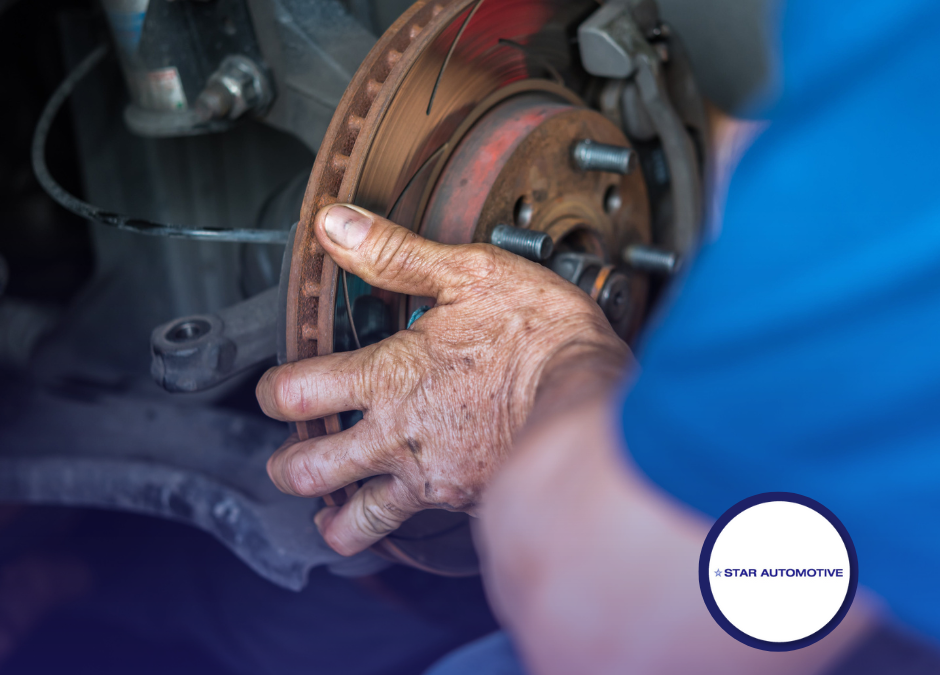
Decoding Brake Problems: Common Symptoms and Solutions
January 9, 2024Shop and Save at Camarillo Premium Outlets in California
January 16, 2024Welcome to our comprehensive guide on the basic steps for brake repair and maintenance. As part of a community of car enthusiasts and DIY practitioners, your safety and the effectiveness of your vehicle remain our priority.
This guide aims to equip you with the knowledge and skills to perform necessary brake maintenance tasks, fostering self-reliance and ensuring the longevity of your vehicle.
We will delve into understanding your car’s brake system and provide a detailed step-by-step process for brake repair.
Let’s embark on this journey of automotive self-sufficiency together, ensuring our vehicles are always in optimal condition.
Understanding Your Car’s Brake System
Your car’s brake system, a vital component for safe driving, functions through a complex network of parts working together to reduce speed or bring the vehicle to a halt.
This system is composed of various components including the brake pedal, master cylinder, brake booster, brake lines and hoses, and the brake calipers, shoes, and pads.
When you apply pressure to the brake pedal, it triggers the master cylinder to distribute hydraulic fluid through the brake lines, activating the brake calipers or shoes.
These, in turn, squeeze the brake pads against the brake rotors, creating friction to slow down or stop your vehicle.
A comprehensive understanding of this system is crucial for effective maintenance and repair.
Step-by-Step Brake Repair Process
In the process of brake repair and maintenance, the initial step involves a thorough inspection of the entire brake system to diagnose any potential issues. This includes assessing the brake pads, calipers, rotors, and brake fluid levels for any signs of wear or impending failure.
Following the inspection, worn-out brake pads are replaced, and rotors are either resurfaced or replaced, depending on their condition. The calipers are also examined for any leaks and are replaced if necessary. The brake fluid is checked and topped up or replaced entirely if it is contaminated.
Lastly, the brakes are bled to remove any air bubbles that could impede braking performance. This systematic approach ensures comprehensive brake repair maintenance, fostering automobile safety.




